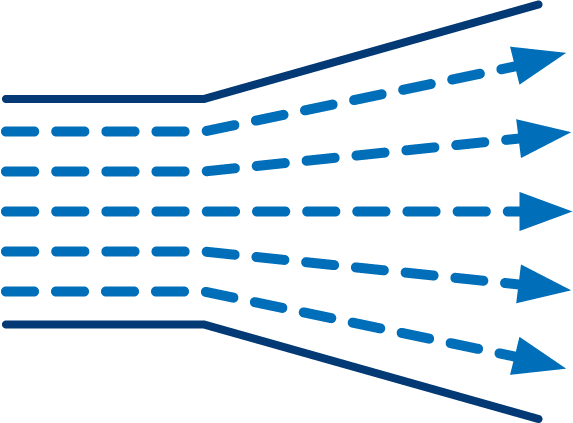There are two types of pressure that we consider here namely static and impact pressure. The sum of both is conserved as pressure and can neither be created nor destroyed but simply converted from one form to the other. Static pressure is exerted onto a surface by a stationary fluid, e.g. the pressure on a car tyre or on an inflated balloon coming from the stationary air inside. However, impact pressure comes from fluids in motion - an example being where air passes over your hand when it is out the car window. The sum of both is simply called the Total Pressure.


There are of course some frictional losses as is always the case with moving parts. In Aghada as the static pressure on the air increases through each of the 22 stages the temperature of the air also increases in keeping with Gay-Lussac's Law. So the highly compressed air entering the combustion chamber in Aghada is hot and carries in it high grade dense thermal energy.
Gay-Lussac's Law: The Pressure Temperature Law
This law states that the pressure of a given amount of gas held at constant volume is directly proportional to the Kelvin temperature. The law can then be expressed mathematically as:

As the pressure goes up, the temperature also goes up, and vice-versa.




